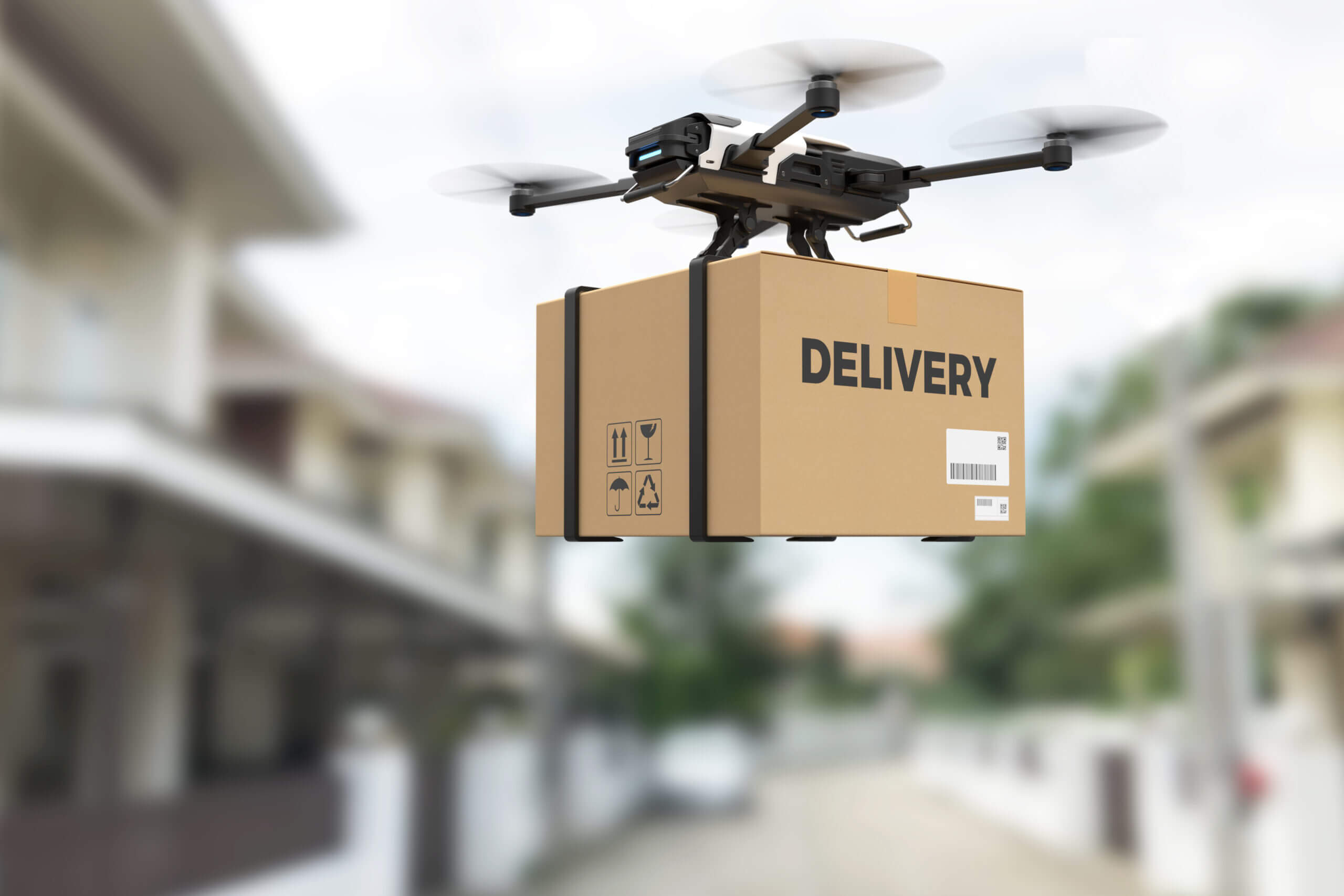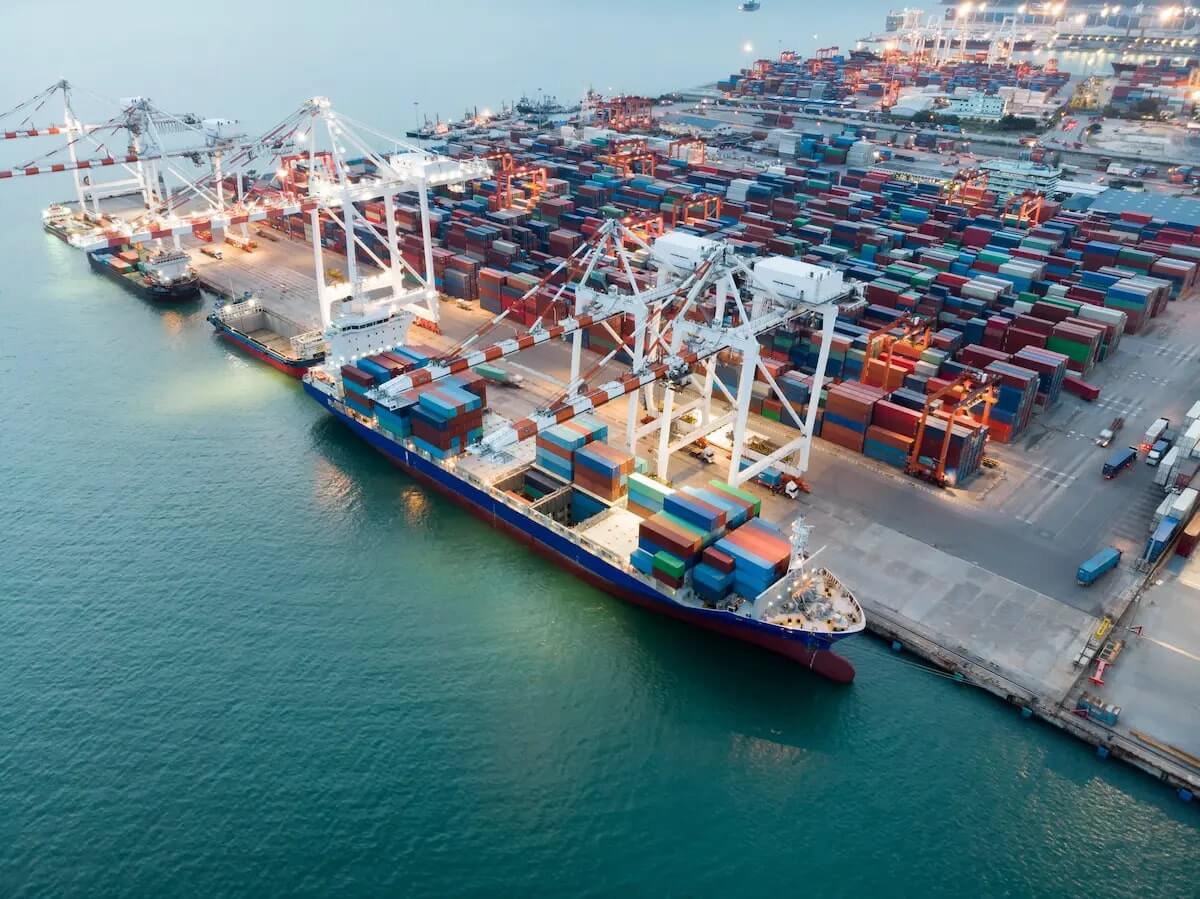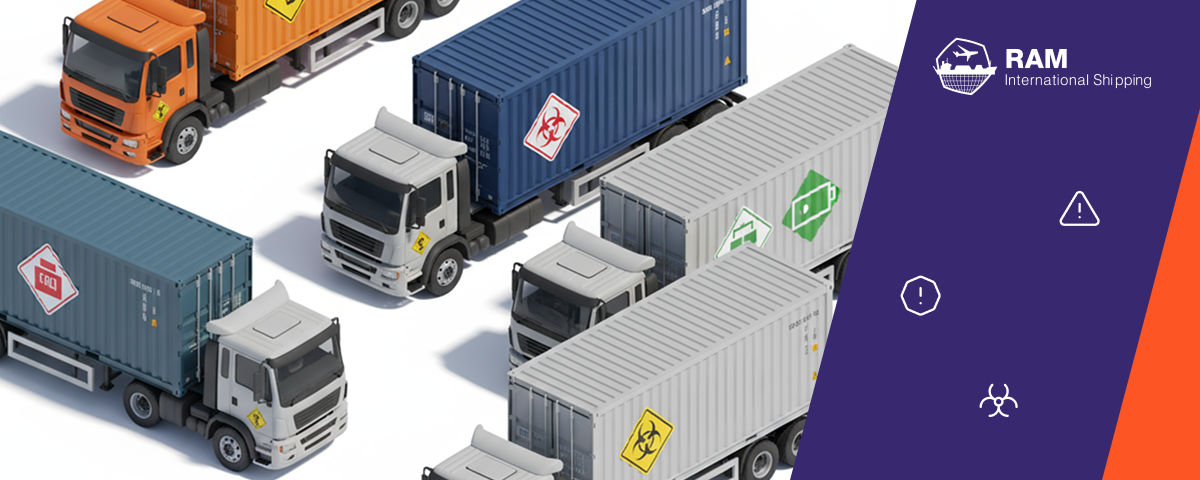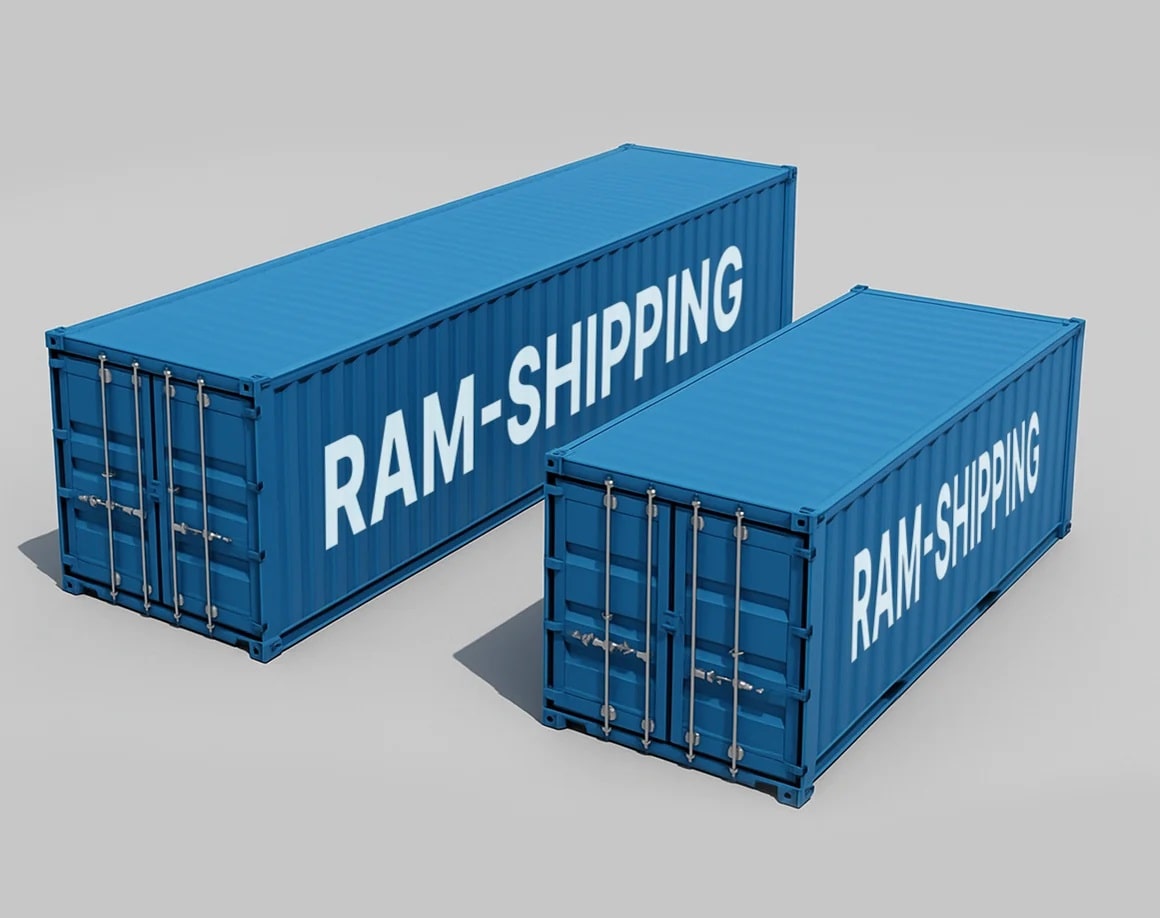
The logistics industry is undergoing a transformative period, with rapid advancements in technology reshaping how goods are transported, tracked, and delivered across the globe. In 2024, logistics technology is evolving faster than ever, driven by the need for increased efficiency, sustainability, and customer-centric solutions. This article explores the top logistics technology trends that are defining the industry in 2024 and how businesses can leverage these innovations to stay competitive.
1. Artificial Intelligence (AI) and Machine Learning (ML)
Artificial Intelligence (AI) and Machine Learning (ML) have become integral components of modern logistics, enabling companies to optimize operations, reduce costs, and improve decision-making. In 2024, these technologies are more advanced, allowing for predictive analytics, demand forecasting, and real-time decision support.
- Predictive Analytics: AI-driven predictive analytics helps logistics companies anticipate demand, allowing for better resource allocation, route optimization, and inventory management. For example, AI algorithms can predict weather patterns, traffic conditions, and potential supply chain disruptions, enabling companies to proactively adjust their logistics strategies.
- Automation: AI is also being used to automate various aspects of logistics operations. In warehouses, AI-powered robots can streamline picking, packing, and sorting, reducing human error and labor costs. Additionally, automated scheduling and route optimization tools allow companies to reduce fuel consumption and delivery times.
- Personalization and Customer Experience: AI is enhancing customer experience by offering personalized shipping options, real-time tracking updates, and tailored communication. Customers can receive dynamic delivery time windows and instant notifications based on AI analysis of their preferences and order history.
2. Autonomous Vehicles and Drones
Autonomous vehicles and drones are revolutionizing logistics, offering faster, safer, and more efficient delivery methods. By 2024, the use of these technologies has expanded significantly, with a growing number of companies adopting autonomous solutions to meet the rising demand for fast and flexible deliveries.
- Autonomous Trucks: Self-driving trucks are transforming long-haul logistics by reducing human labor costs and increasing efficiency. These trucks can operate 24/7 without fatigue, minimizing delivery times and improving fuel efficiency. Several major logistics companies are piloting autonomous trucking fleets, particularly for predictable routes like highways.
- Drones for Last-Mile Delivery: Drones are becoming increasingly popular for last-mile deliveries, especially in urban areas where traffic congestion is a major challenge. Drones can deliver small packages directly to customers’ doorsteps, reducing delivery times and minimizing the need for traditional delivery vehicles. In rural areas, drones can reach remote locations that are difficult for trucks to access.
- Regulatory Advancements: As regulations evolve to accommodate autonomous technology, more companies are incorporating drones and autonomous vehicles into their supply chains. This shift is expected to accelerate in 2024, with more widespread use of these technologies for both B2B and B2C deliveries.
3. Blockchain for Supply Chain Transparency
Blockchain technology is gaining traction in logistics as a means to improve transparency, traceability, and security across the supply chain. In 2024, blockchain adoption is expanding, especially in industries like pharmaceuticals, food, and luxury goods, where provenance and authenticity are critical.
- Enhanced Traceability: Blockchain provides an immutable ledger of transactions that allows companies and customers to trace products from their origin to the end consumer. This technology is especially important in ensuring the safety and authenticity of products such as perishable goods, pharmaceuticals, and high-value items like diamonds.
- Fraud Prevention and Data Security: Blockchain enhances supply chain security by ensuring that every transaction is verified and encrypted. This prevents fraud, counterfeiting, and tampering, which are common challenges in global supply chains.
- Smart Contracts: In 2024, the use of blockchain-based smart contracts is expanding. These contracts automatically execute predefined conditions once agreed-upon criteria are met. For example, payment can be automatically released when a shipment is confirmed as delivered, reducing the need for intermediaries and accelerating the transaction process.
4. Internet of Things (IoT) for Real-Time Monitoring
The Internet of Things (IoT) continues to play a crucial role in logistics by providing real-time visibility into the status of shipments, vehicles, and inventory. In 2024, IoT technology is even more widespread, with advanced sensors and interconnected devices delivering actionable insights to logistics managers.
- Fleet Management: IoT-powered sensors on vehicles allow for real-time monitoring of fuel consumption, vehicle health, and driver behavior. This enables logistics companies to optimize maintenance schedules, reduce fuel costs, and improve safety.
- Cold Chain Monitoring: In industries like pharmaceuticals and food, where maintaining specific temperature conditions is essential, IoT sensors track the temperature and humidity of shipments throughout the entire journey. Alerts are automatically generated if conditions deviate from safe parameters, allowing companies to take corrective action and prevent spoilage.
- Warehouse Automation: IoT devices are also automating warehouse operations. Connected robots, RFID tags, and smart shelves help companies track inventory levels, manage stock efficiently, and ensure timely replenishment.
5. Green Logistics and Sustainability Technologies
Sustainability is a major focus for the logistics industry in 2024, as businesses face increasing pressure from consumers, regulators, and investors to reduce their carbon footprint. New green technologies are helping companies make their supply chains more sustainable.
- Electric Vehicles (EVs): The adoption of electric vehicles for freight and last-mile delivery is growing rapidly. With advancements in battery technology and infrastructure, EVs are becoming a viable option for logistics companies looking to reduce emissions and fuel costs. Major logistics firms are investing in electric truck fleets and installing EV charging stations at distribution centers.
- Sustainable Packaging: Companies are also adopting more eco-friendly packaging materials, such as biodegradable and reusable packaging, to reduce waste. In addition, logistics firms are focusing on optimizing packaging sizes to minimize space during transportation, reducing the number of trips and emissions.
- Carbon Tracking and Offset Solutions: In 2024, companies are leveraging digital tools to track the carbon emissions of their supply chains in real-time. Some logistics providers are offering carbon-neutral shipping options by purchasing carbon credits or investing in offset projects such as reforestation and renewable energy.
6. 5G and Connectivity
The rollout of 5G networks in 2024 is transforming logistics by enabling faster, more reliable communication between devices and systems. With higher data transfer speeds and lower latency, 5G is improving real-time tracking, data sharing, and decision-making across the supply chain.
- Enhanced Communication: 5G allows for seamless communication between IoT devices, autonomous vehicles, and logistics management platforms. This enhanced connectivity ensures that data from sensors, vehicles, and warehouses is transmitted in real-time, improving operational efficiency and reducing downtime.
- Augmented Reality (AR) and Virtual Reality (VR): 5G is also enabling the use of AR and VR in logistics. These technologies are being used for training warehouse workers, guiding technicians in equipment repairs, and visualizing complex logistics operations in real-time.
- Improved Customer Experience: 5G’s low latency also enhances customer experience by providing more accurate real-time tracking of shipments. Customers can receive instant updates on their deliveries, reducing uncertainty and improving satisfaction.
7. Advanced Robotics and Automation
Robotics and automation are revolutionizing logistics, particularly in warehousing and fulfillment centers. In 2024, the use of robots in logistics operations is becoming even more prevalent, driven by the need for greater efficiency, accuracy, and speed.
- Robotic Process Automation (RPA): RPA is being used to automate repetitive and time-consuming tasks, such as order processing, inventory management, and shipping label generation. This reduces human error and frees up employees to focus on more strategic activities.
- Collaborative Robots (Cobots): Cobots are designed to work alongside human workers in warehouses and distribution centers. These robots can assist with tasks such as picking, packing, and sorting, enhancing productivity without completely replacing human labor.
- Automated Guided Vehicles (AGVs): AGVs are being used to transport goods within warehouses, reducing the need for human-operated forklifts. These vehicles can follow predefined paths, avoiding obstacles and improving the efficiency of material handling.



